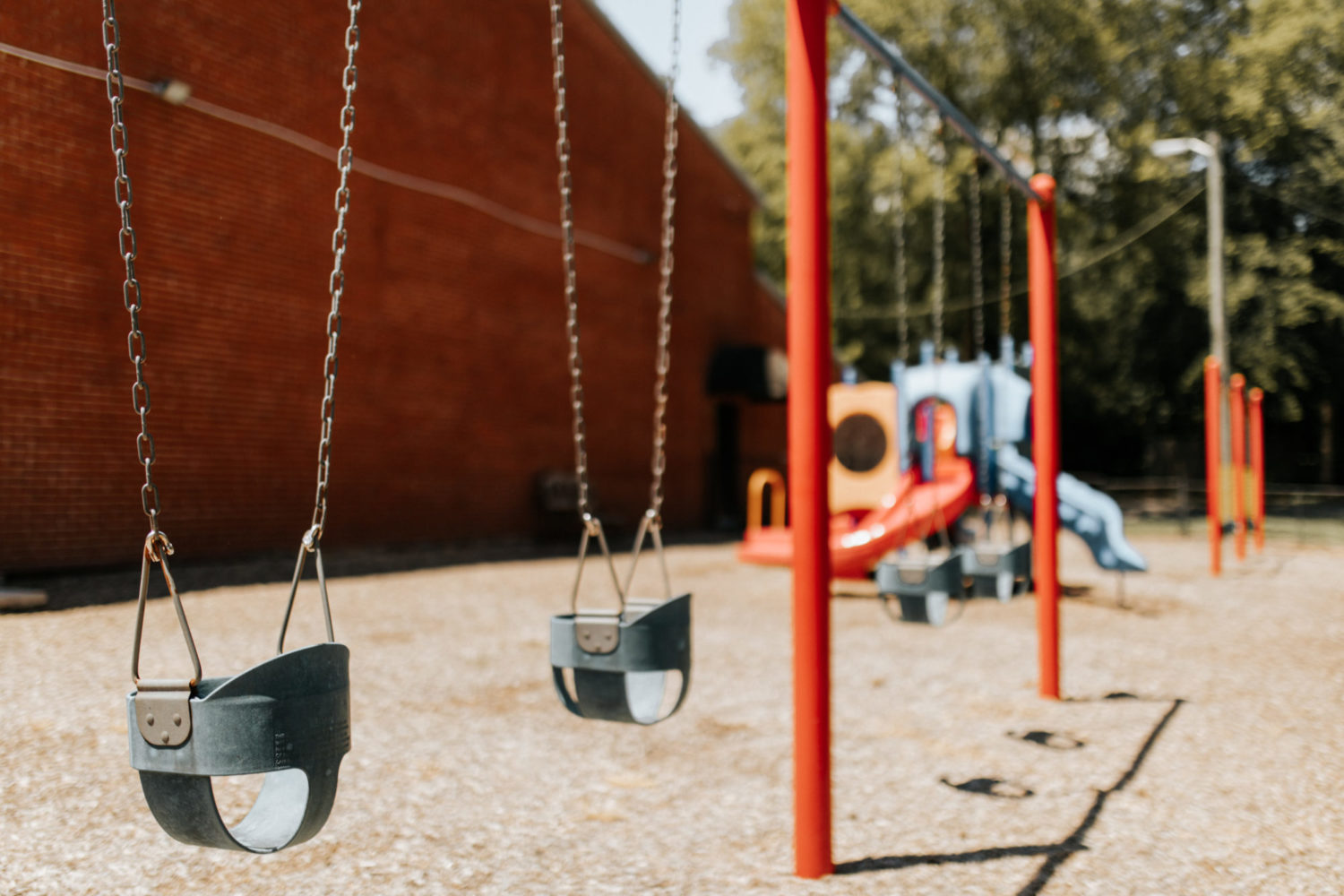Segregated schooling supposedly ended in 1954 under the Brown v. Board of Education Supreme Court decision that struck down the idea of “separate but equal” in education and is what most of us think of as the start to integration in schools.
Unfortunately, that goal for education could not be further from what is reflected in our school systems today. In 2020, “black children are more racially and socioeconomically isolated” than at any point since data on this began to be collected in 1970. One important factor in segregation in schools is housing, and how the housing market was discriminatory throughout the 20th century. The impacts of many of those policies, specifically redlining, allow this segregation to persist today.
What is Redlining?
Last week, Alexa wrote a post on racially restrictive covenants and how racially segregated communities have impacted the current civil rights discourse in our country today. Redlining also contributed to these racially segregated communities across the country. Redlining is a practice where banks in the United States would deny mortgages to people to prevent them from buying a home in certain neighborhoods, based mainly off of their race, even if they had the right credit score to make them eligible for the loan.
This practice was enforced from various agents, the banks, real estate firms, other mortgage lenders, and was even backed by the federal government which deemed it as “best practices for responsible lending.” Maps were literally outlined with red to separate wealthier neighborhoods that were more desirable to live in.
Does Redlining Still Exist Today?
Redlining began in the 1930s following the Great Depression to mitigate mortgage risks, but today it is technically illegal. However, the effects it has had on the geography of many cities are still felt and in some cases it is arguably still practiced.
Even without official policies in place, many redlined neighborhoods from the twentieth century still reflect the way these cities look today. Concentrated in urban areas, these areas have a higher concentration of minority residents, lower average household incomes, and rents that are lower in objective cost but higher in percentage of renter’s income.
Housing Policy is Education Policy
One of the most promising pathways to building a better life and future for oneself is through education. A reflective indicator of education quality is housing policy, and the opportunities and resources available at your neighborhood school.
In many cases, students attend schools they have been zoned to based off of the neighborhood they live in and their zip code. School funding for public schools is most commonly based on the property taxes from that community, which have significant variations depending on the wealth of the neighborhood and surrounding community of each school. Even with explicit policies to allocate additional resources to underfunded areas, many states still have large disparities in the cost-per-student from neighborhood to neighborhood. One example of this is in New Jersey, where schools in the 95th percentile of per-student funding spend $13,709 per student whereas schools in the 5th percentile spend $8,401 per student.
Even in areas where funding for students in lower income areas is highly supplemented, these schools still lack support in a variety of other areas. Schools in lower income neighborhoods are more likely to have higher rates of teacher turnover, less parent involvement, lower quality facilities, and fewer extracurricular activities available to them.
In one study on Montgomery County in Maryland, researchers found that low-income students who were randomly assigned to attend schools in wealthier neighborhoods performed better on standardized tests than low-income students who attended schools in low-income neighborhoods. This occurred with special attention and resources devoted to these low-income schools to reduce class sizes and better fund and support these students.
Why This Matters
Recent research and data has shown how racially and socioeconomically restrictive housing policies cause inequitable education outcomes. Not only are these two related, but housing policy can actually exacerbate outcomes for low-income students by not giving them the resources they need to succeed educationally. In contrast, students in wealthier neighborhoods benefit from a breadth of opportunities that allow them to advance into higher education and qualifies them for better job opportunities and greater personal economic growth.
Moving forward, it’s important to know that fixing a broken education system in this country is not as simple as considering schools in isolation. It’s looking at the communities they are a part of, and the segregated neighborhoods still present due to outdated policies like redlining, that continue to impact our countries. Until we can reconcile and rectify these factors, they will continue to impact educational outcomes and disproportionately harm low-income students and students of color.
- Inside the Systems that Fuel the School-to-Prison Pipeline - August 20, 2020
- Is Teaching Political? - August 5, 2020
- The Battle Over Reopening Schools: A Teacher’s Perspective - July 29, 2020
